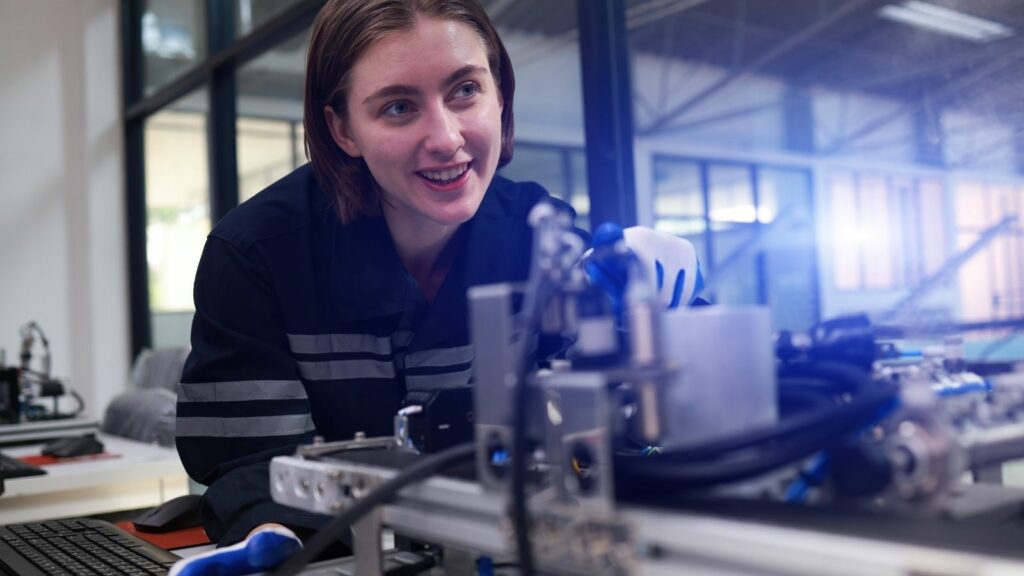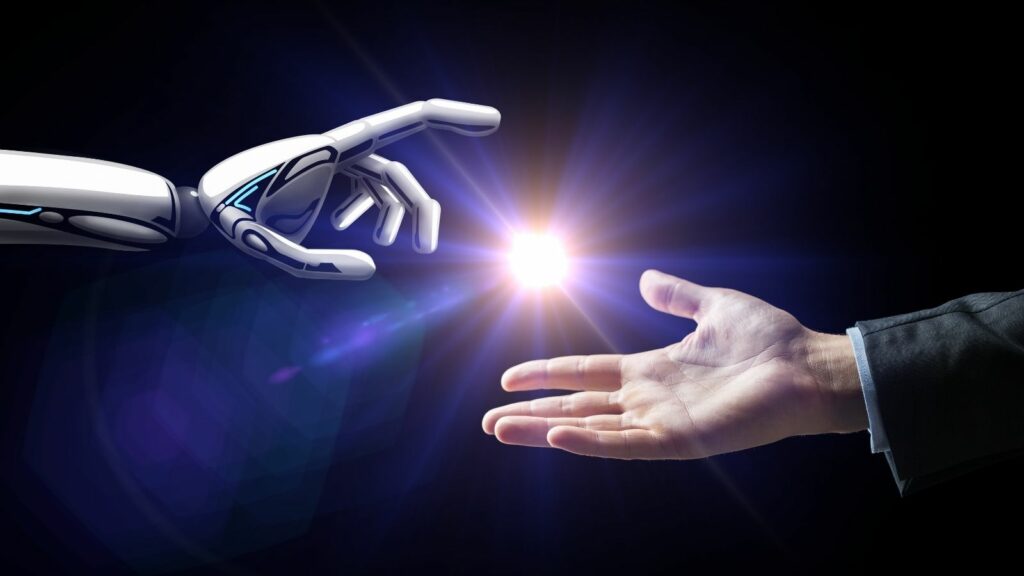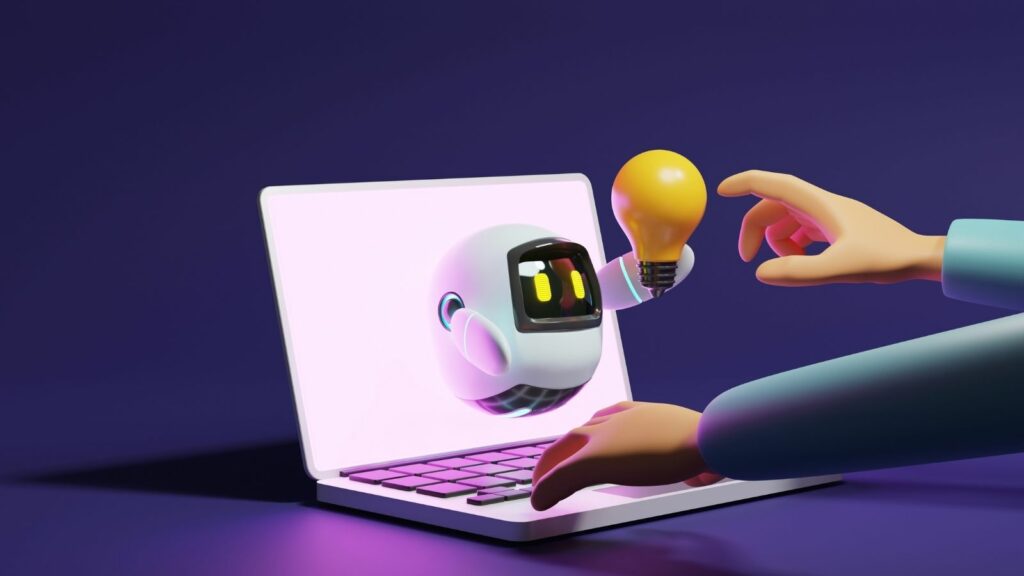”
Key Takeaways
- AI DeepNude Overview: This advanced generator employs GANs to create hyper-realistic nude images from standard photographs, igniting debates over ethical usage and deepfake implications.
- Technological Features: Key capabilities include pattern recognition, image enhancement, intuitive design, real-time feedback, and customization options for diverse outputs.
- Ethical Concerns: Central issues include consent violations and potential misuse, which can lead to cyberbullying, harassment, and reputational risks for individuals depicted in generated images.
- Comparative Analysis: AI DeepNude is distinct from other image generation technologies like DeepFaceLab and the Reface App due to its specific focus on nudity and the ethical complications that arise from such applications.
- Call for Regulation: The discussions highlight the urgent need for regulatory measures to manage the use of AI technologies responsibly and protect individuals’ rights and safety.
AI DeepNude Generator
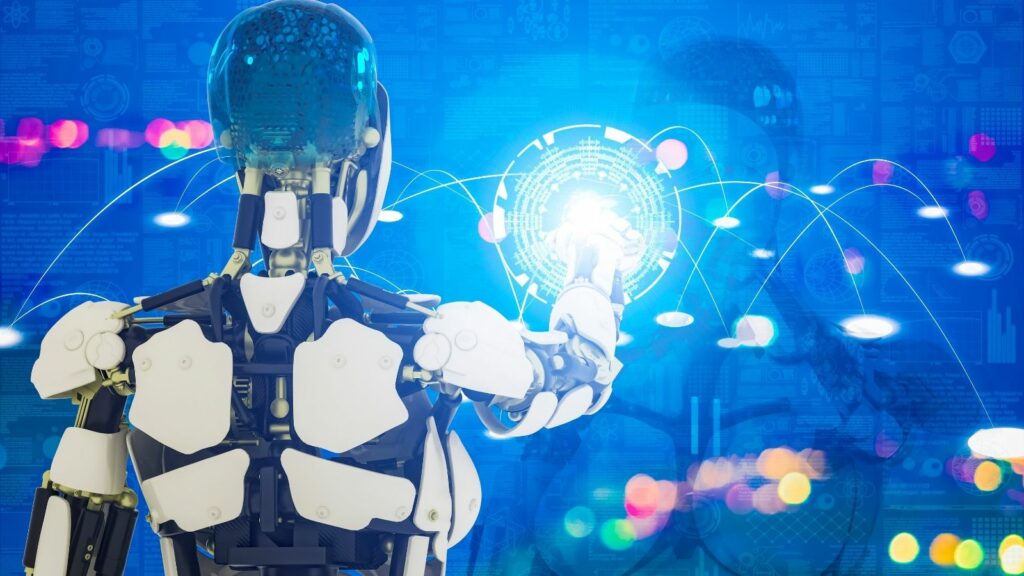
Features and Capabilities
The AI DeepNude generator utilizes several advanced features and capabilities to create hyper-realistic images. Understanding these aspects is crucial for grasping the impact and implications of this technology.Image Processing Techniques
- Generative Adversarial Networks (GANs): The generator relies on GANs, which consist of two neural networks—a generator and a discriminator—that work together to produce realistic images. This architecture enhances the quality and accuracy of the transformations.
- Pattern Recognition: The system analyzes vast datasets of existing images to identify patterns, allowing it to replicate the nuances of human anatomy effectively. This meticulous attention to detail results in strikingly authentic representations.
- Image Enhancement: The generator employs additional algorithms for image enhancement, focusing on details like lighting, texture, and shadows. These improvements contribute to the overall realism of the final product.
- Customization Capabilities: Users can adjust parameters, such as body type and skin tone, enabling the generation of a wide variety of images that cater to personal preferences and specific requirements.
- Intuitive Design: The interface allows users to navigate easily, facilitating quick uploads and modifications. This design preference prioritizes user-friendliness, ensuring accessibility for individuals with varying levels of technical expertise.
- Real-Time Feedback: The generator offers real-time previews, enabling users to make immediate adjustments as needed. This feature enhances the overall efficiency of the image generation process, reducing trial and error.
- Guided Workflow: Step-by-step instructions help streamline the user journey, making the generator more approachable. This guiding approach reinforces understanding and encourages users to explore the tool’s full capabilities.
- Device Compatibility: The platform supports multiple devices, including smartphones and tablets. This accessibility further broadens the potential user base, allowing for creative expression anytime, anywhere.
Ethical Implications
The use of AI DeepNude raises significant ethical concerns, particularly regarding consent and misuse. Understanding these implications is essential for navigating the complexities of image manipulation technology.Concerns About Consent
Consent forms the backbone of ethical standards in image generation. AI DeepNude creates images of individuals without their explicit permission, which undermines personal autonomy and respect for privacy. This breach of consent leads to serious ramifications, including potential psychological harm to subjects depicted in generated images. Moreover, individuals may find their likeness exploited inappropriately, leading to harassment or reputational damage. As AI technology advances, establishing robust consent frameworks is vital to ensure ethical usage in digital spaces.Potential for Misuse
The potential for misuse of AI DeepNude is alarming. Malicious actors can exploit the generator to create non-consensual pornographic imagery, resulting in severe consequences for victims. These generated images can facilitate cyberbullying, stalking, or revenge porn, exacerbating existing societal issues related to gender-based violence and exploitation. Regulatory measures must be in place to mitigate these risks, as misuse can perpetuate harmful narratives and increase risks to personal safety. Ongoing discussions regarding responsible AI usage must emphasize accountability and protection against exploitation.Comparison with Other Generators
AI DeepNude occupies a unique space in the realm of image generation technology. Comparing it with other generators reveals vital distinctions in functionality, ethical concerns, and potential use cases.Similar Technologies
Several technologies resemble AI DeepNude, particularly in the realm of deepfake and image synthesis.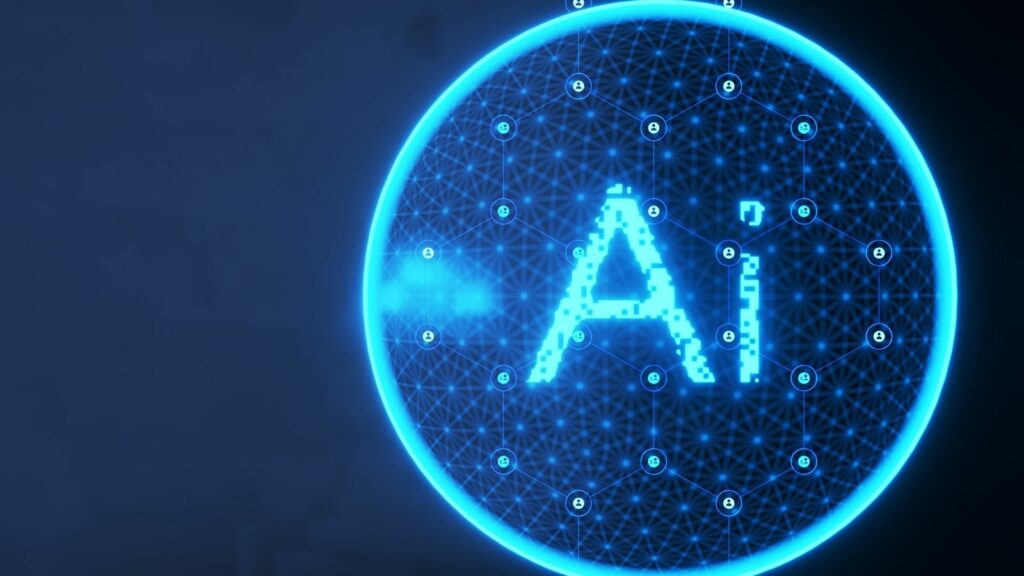
- DeepFaceLab: Primarily focuses on face-swapping, DeepFaceLab uses similar GAN techniques to generate realistic facial transformations.
- Reface App: Known for its user-friendly interface, it allows users to swap faces in videos and GIFs with impressive speed and accuracy.
- StyleGAN: Developed by NVIDIA, it excels in generating high-quality images, including faces, landscapes, and objects, though without the specific focus on nudity.
Advantages and Disadvantages
AI DeepNude presents several advantages alongside significant drawbacks. Advantages:- High Realism: Employs sophisticated algorithms that produce hyper-realistic images, increasing its appeal for creative users.
- Customization Options: Offers users unique tools to customize outputs, attractively diversifying the result.
- Intuitive Interface: Simplifies navigation, making the technology accessible even for those with limited technical skills.
- Ethical Concerns: Generates images without individual consent, raising critical issues about privacy and personal boundaries.
- Potential for Misuse: Opens avenues for creating non-consensual pornography, enabling cyberbullying and gender-based violence.
- Reputation Risks: Users risk reputational harm if generated images are distributed without their control or knowledge.

